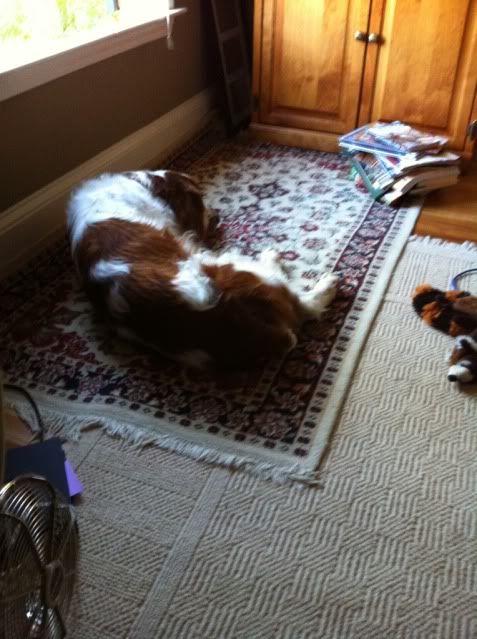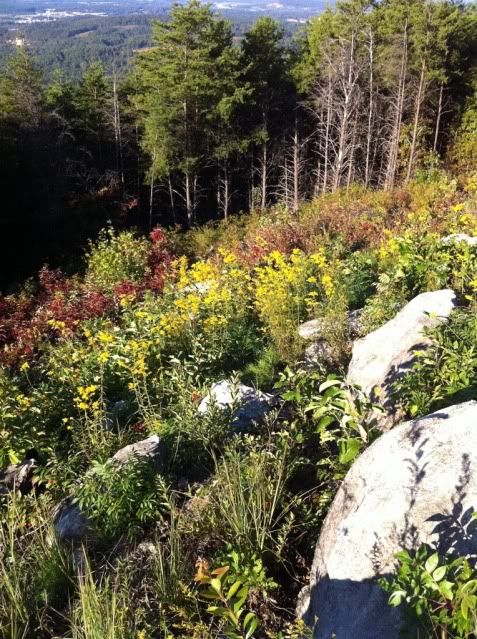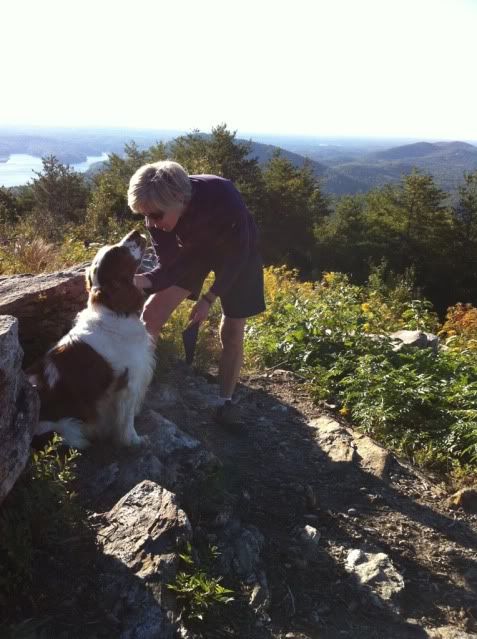Training this past weekend was a mixed bag.
We trained with chukar and quail, but the birds were only one part of the mix, with dogs and training technique adding the rest.
Larsen's first turn in the field was disastrous. That little dog paid me no more heed than if I were a scarecrow waving in the wind. He chased birds uncontrollably, but had no more success than a blind pig finding. Cathy, Bill, and I watched for a while. Cathy brought me to my senses by telling me to "put him up." I quietly walked Larsen to the car and kenneled him, saying nothing to him, and not looking at him.
We went about training Humphrey and Zelda. We took Humphrey back to ground zero and let him chase clip-wing chukar. The goal was to re-ignite the love of the game with that big clumber.
Larsen's second go was completely different. Bill T. said he could not believe this was the same dog. Larsen quartered perfectly. He found, flushed, and retrieved to hand. I had the undeniable pleasure of shooting one of the birds that he flushed and then receiving that bird to hand.
Larsen's third turn was a comedy of training errors. Larsen flushed a bird and came upon another upon the retrieve. He put down the first bird to flush the second, then forgot where he put it. He brought the second bird toward me, but put it down to play with, whereupon the bird took wing. A chase ensued. I cannot remember the rest of the sequence, but it involved various capers involving inadvertent flushes that basically undid all of the nice training that we had accomplished to that point.
Larsen's water retrieves were nice, as were his hunt deads. I pushed him along with the "back" command on the hunt dead to help him understand what back meant. Larsen made little snorting and grunting sounds in the blind water retrieve after having endured the humility of watching Zelda and Humphrey work.
The biggest training hurdle is that like many a scoundrel, even when he's bad, he's funny.
 Cpl. Herb Hartfield and Susie in Afghanistan. Credit: GunDog Magazine and also Sgt. Jesse Stence.
Cpl. Herb Hartfield and Susie in Afghanistan. Credit: GunDog Magazine and also Sgt. Jesse Stence.





